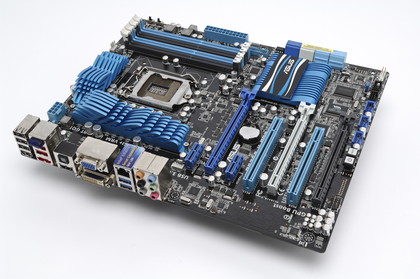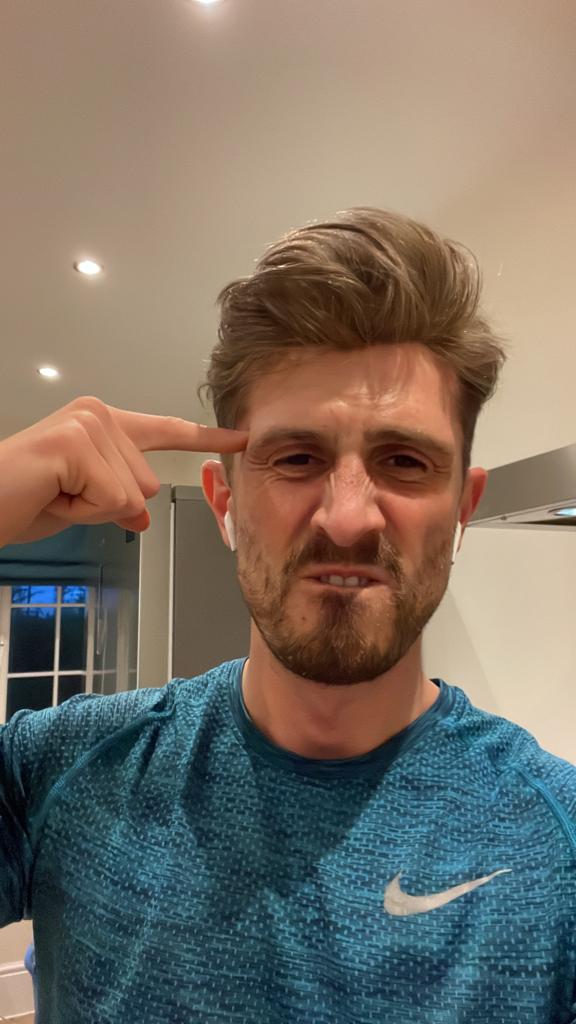Why you can trust TechRadar

As a whole the Intel Z68 chipset, as represented here by the Asus P8Z68V Pro, does indeed provide the best of both H67 and P67 worlds, with a few extras thrown in for good measure.
Though the actual benefits of these extras being less tangible on their own.
Despite being a tad fiddly to set up the Smart Response tech actually performed impressively.
Our Windows 7 boot time on a standard SSD took a lazy 1 minute 37 seconds with our OCZ Vertex 2 drive knocking a full minute off that time at just 36 seconds. With the mechanical HDD twinned up with a small 20GB Intel SSD it managed an impressive 48 seconds.
File decompression was just as impressive with only a second separating the faster SSD drive from the Smart Response array, and again a whole minute before the mechanical HDD caught up.
The Lucid Virtu software, which is now also available on the H67 platform, gave a decent showing too. Especially now it can operate directly through the discrete graphics card, allowing access to the manufacturer's software suites - Catalyst for AMD and the NVIDIA Control Panel.
There was relatively little performance hit in gaming terms and no setup problems.
The power saving feature too is a huge bonus, and possibly the best argument for having the Lucid Virtu software installed on your machine.
Our test rig (equipped with an NVIDIA GeForce GTX 580) sucked up 150W on the desktop running idle with Virtu off. Once Virtu was turned on though that figure sank to a nice green 92W.
High-end 3D cards are the biggest power-hogs in modern systems, and a lot of the energy consumption occurs when they're not needed.
We like this feature a lot, then.
What's more, when iGPU acceleration did kick in to help out our test rig's GTX 580 it did actually boost frame rates, which will be encouraging if not revelatory to gamers with an inkling for an upgrade.
So far, so good...
When the two proud bastions of the Z68 platform meet though, things get a bit silly.
Smart Response analyses data use 'dynamically' to cache frequently used data 'intelligently'. However, for performances to really increase, the same operation needs to be carried out several times. It takes 4-5 restarts before you see any improvement on Windows boot times, and it's the same story with games.
What about one-time tasks? You know, the majority of things that you do on your computer?
Well, sometimes things can actually drop below even raw HDD performance levels. The cache operation takes time and effort from your disks, and because of that general performance can suffer.
So when you're using your SSD as a cache device and using Quick Sync to transcode a video to your iphone, the two technologies effectively cancel each other out.
You're performing the read-write intensive operation just once, so while the iGPU decodes and encodes as fast as it's little pipelines can carry it, your HDD+SSD RAID array's also furiously reading and writing in what appears to be a highly inefficient manner.
That said though, the best of both boards have found their way on to one home then with the Asus P868V Pro, albeit with a few teething problems. And those trace their way back to Intel, rather than Asus themselves.
Considering the 'enthusiast' pitch of the Z68 platform, £160 is a very reasonable price for some interesting tech. The board itself is basically the Asus P8P67 Pro with the updated chipset meaning just a £20 premium for the brand new chipset.
That also means 4-way GPU setups are off the cards and you're limited to 2 USB 3.0 inputs, but are you surprised for the price? I'm sure Asus will leave that for the Republic of Gamer's board we're likely to see shortly.
This then is the platform many have been waiting for before they take the plunge into Sandy Bridge, and the Asus P8Z68V Pro handles the responsibility fairly well.
There are some exciting ideas in the Z68 package, but at least in the short term the results they yield in real-world application are a little underwhelming.
We liked:
The Asus P8Z68V Pro is the first of the Z68 boards we've come across and is essentially what we expected of the Sandy Bridge platform all along. The combination of iGPU and discrete graphics working together has made the P67 all but redundant unless you're a PC gamer only.
The Smart Response technology is impressive, as is the Lucid Virtu software. The latter's power saving chops of particular import in these days of hugely over-powered graphics cards.
We disliked:
Despite the performance, the setting up of the Smart Response array provided many hours of frustration. Hopefully the end user experience has now been ironed out though.
There is also a question mark hanging over how well the Smart Response and Quick Sync video work together.
Final word:
Buy for the iGPU implementation and power saving features and set up an SSD cache, but don't necessarily expect your technological world to be blown apart.

Ad creative by day, wandering mystic of 90s gaming folklore by moonlight, freelance contributor Phil started writing about games during the late Byzantine Empire era. Since then he’s picked up bylines for The Guardian, Rolling Stone, IGN, USA Today, Eurogamer, PC Gamer, VG247, Edge, Gazetta Dello Sport, Computerbild, Rock Paper Shotgun, Official PlayStation Magazine, Official Xbox Magaine, CVG, Games Master, TrustedReviews, Green Man Gaming, and a few others but he doesn’t want to bore you with too many. Won a GMA once.
